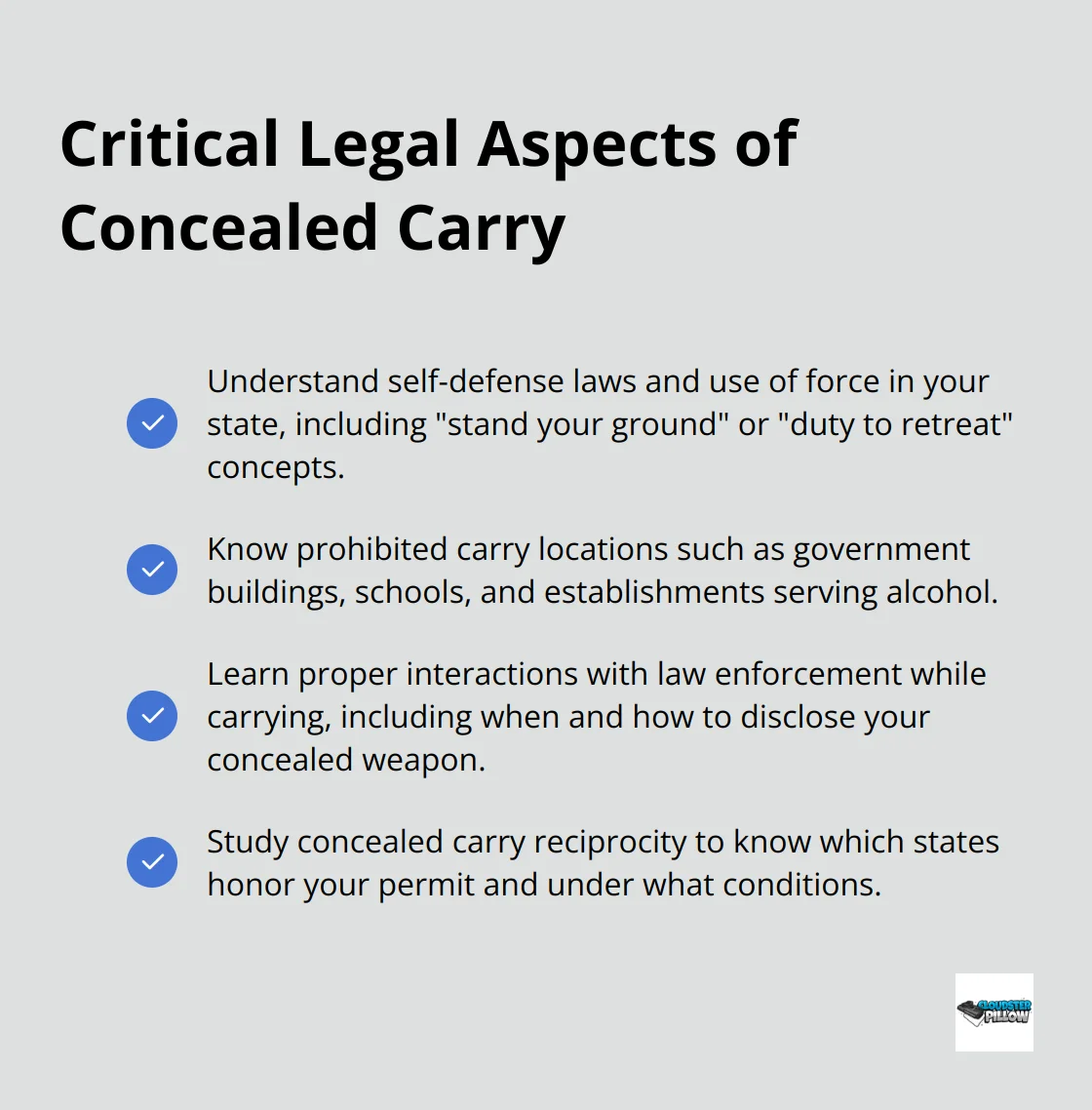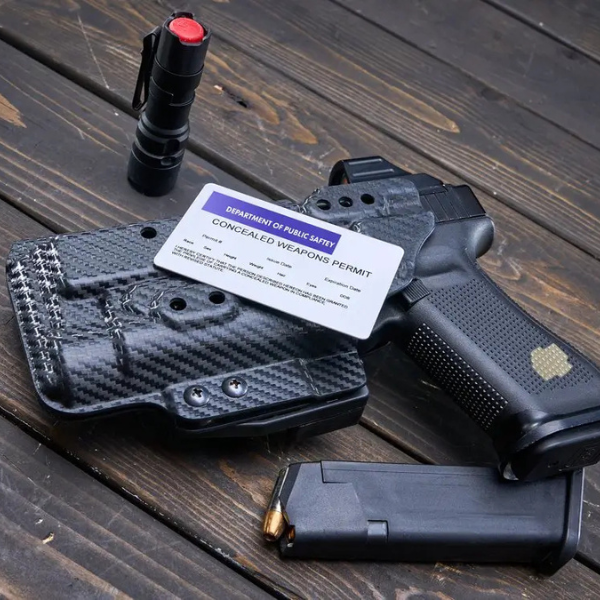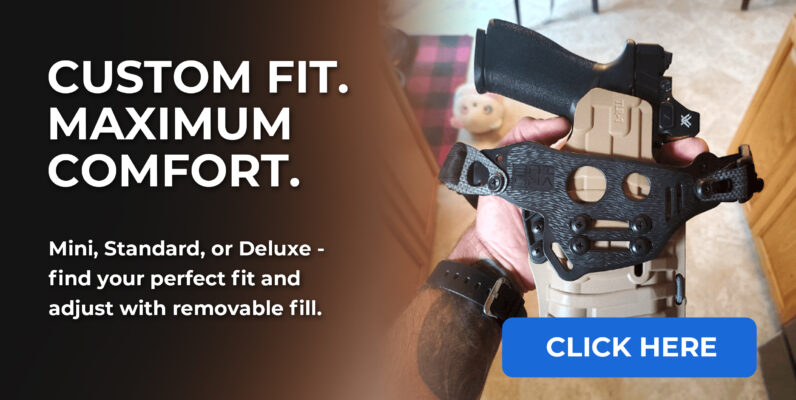CCW Training, CCW Courses and Tips
What to Expect in a Concealed Carry Class
At Cloudster Pillow, we understand the importance of being prepared for your concealed carry class.
Taking this crucial step in your firearms education can feel daunting, but it’s an essential part of responsible gun ownership.
In this post, we’ll break down what you can expect during a typical concealed carry class, from classroom instruction to hands-on training.
What Happens in a Concealed Carry Class?
A concealed carry class opens the door to a world of critical knowledge and hands-on experience. These classes transform novices into confident, responsible carriers.
Mastering the Basics of Firearm Safety
Your concealed carry class instructor will start with the four cardinal rules of gun safety. These aren’t just guidelines-they’re non-negotiable principles that could save your life (or someone else’s). You’ll learn to:
- Watch that muzzle!
- Treat every firearm with the respect due a loaded gun
- Be sure of the target and what is in front of it and beyond it
- Keep your finger outside the trigger guard until ready to shoot
Navigating the Legal Landscape
The class will then focus on the legal aspects of concealed carry. Each state has its own set of laws, and your class will cover the specifics of your jurisdiction. You’ll learn about:
- Where you can and can’t carry
- The intricacies of self-defense laws
- How to interact with law enforcement while armed
This knowledge is vital-misunderstanding these laws can lead to serious legal consequences.
Hands-On Firearm Handling and Storage
The class will shift to practical skills. You’ll get hands-on experience with proper grip, stance, and trigger control. Instructors often use dummy guns for this part, allowing you to practice safely. You’ll also learn about secure storage options to keep your firearm out of the wrong hands when you’re not carrying.
Developing a Mindset of Responsibility
These classes aren’t just about shooting-they’re about developing a mindset of responsibility and preparedness. The instructors will emphasize the importance of situational awareness and conflict avoidance. Regular training and scenario-based exercises will help sharpen these skills.
As you progress through your concealed carry class, you’ll build a solid foundation for safe and legal carry. The next crucial step in your journey is the hands-on training component, where you’ll put your newfound knowledge into practice.
Hands-On Training: From Theory to Practice
Firearm Familiarization
The practical portion of your concealed carry class begins with firearm familiarization. You’ll explore the components and safety features of your chosen carry weapon. Instructors often use blue guns or inert training pistols, allowing safe handling without the risk of accidental discharge.
This phase includes practice of proper grip techniques. Your instructor will demonstrate the importance of a firm, two-handed grip and stable stances like the isosceles or Weaver. These fundamentals form the foundation for accurate and controlled shooting.
Loading and Unloading Drills
The class progresses to loading and unloading drills. While these actions might appear simple, they can become challenging under stress. You’ll practice inserting and removing magazines, racking the slide, and checking the chamber for rounds.
Many instructors incorporate malfunction drills at this stage. You’ll learn to clear common issues (such as failure to extract or double feeds). These skills prove vital for real-world carry situations.
Drawing from Concealment
Drawing from concealment requires practice to master. Your class will cover different draw techniques, emphasizing smooth, efficient movements that quickly and safely bring your firearm on target.
You’ll start with slow, deliberate practice, focusing on a consistent draw stroke. As you improve, you might incorporate timed drills or drawing from various positions (seated, kneeling, etc.) to simulate real-world scenarios.
Live-Fire Range Time
The hands-on training culminates in live-fire range time. Here, you’ll apply everything you’ve learned in a controlled environment under your instructor’s supervision.

Basic marksmanship drills come first, focusing on sight alignment, trigger control, and follow-through. As you progress, you might move to more advanced drills involving movement, multiple targets, or shooting from behind cover.
Many classes incorporate scenario-based training during range time. These exercises help you apply your skills in simulated real-world situations, reinforcing the decision-making process that accompanies carrying a concealed firearm.
Throughout the hands-on portion, safety remains the top priority. Your instructor will continuously reinforce the four rules of firearm safety, ensuring good habits become second nature.
The skills you learn in class mark just the beginning of your journey. Regular practice proves essential to maintain and improve your proficiency. Many ranges offer advanced classes or private instruction for those who want to continue honing their skills after the initial concealed carry class.
As you complete the hands-on training, you’ll gain a solid foundation in firearm handling and concealed carry techniques. However, carrying a concealed weapon involves more than just physical skills. The next section will explore the legal aspects covered in your concealed carry class, an equally important component of responsible firearm ownership.
Understanding the Legal Landscape of Concealed Carry
Self-Defense Laws and Use of Force
Self-defense laws differ across states; laws in at least 28 states and Puerto Rico allow that there is no duty to retreat an attacker in any place in which one is lawfully present. Your instructor will explain your state’s specific statutes, including “stand your ground” or “duty to retreat” concepts. You’ll learn about reasonable force and when lethal force becomes justified.
Understanding these nuances is critical. A misinterpretation could lead to serious legal consequences, even if you believed you acted in self-defense.
No-Go Zones: Prohibited Carry Locations
Your class will provide a comprehensive list of locations where concealed carry is prohibited in your state. These often include government buildings, schools, and establishments that serve alcohol. Some states also restrict carrying in places of worship or public transportation.
Concealed carry, or carrying a concealed weapon (CCW), is the practice of carrying a weapon (such as a handgun) in public in a concealed manner.
You’ll learn to recognize signage that indicates no-carry zones and understand the penalties for violating these restrictions. It’s your responsibility to know and respect these boundaries.
Law Enforcement Interactions
A critical part of your training will cover how to interact with law enforcement while carrying. You’ll learn when and how to disclose that you’re carrying a concealed weapon during a traffic stop or other encounter.
Your instructor will likely conduct role-playing exercises to practice these interactions. The goal is to ensure you can handle these situations calmly and safely, protecting both yourself and the officer.
Reciprocity: Interstate Carry
Concealed carry reciprocity is a complex topic that your class will address. You’ll learn which states honor your permit and under what conditions.
Your instructor will emphasize the importance of researching and understanding the laws of any state you plan to visit while carrying. It’s your responsibility to stay informed and compliant as you exercise your right to carry (ignorance of the law is not a defense).

Final Thoughts
A concealed carry class provides essential knowledge and skills for responsible firearm ownership. You will learn about safety, legal considerations, and practical handling techniques. These classes offer a solid foundation, but your journey does not end here.
Ongoing practice and training will maintain and improve your skills. Regular range time will keep you proficient with your firearm, while scenario-based training will sharpen your decision-making abilities. Advanced classes can further enhance your capabilities.
We at Cloudster Pillow offer a solution for comfortable concealed carry that enhances both comfort and concealment for inside-the-waistband and appendix carry methods. Our adjustable pillow reduces pressure points and minimizes printing (allowing for a more discreet carry experience). Stay informed about changing laws, practice regularly, and always prioritize safety.



